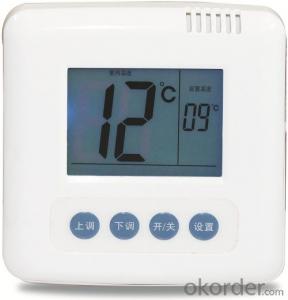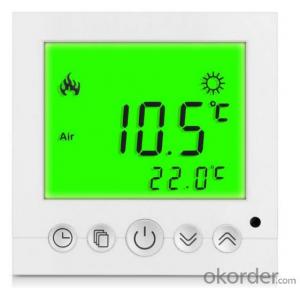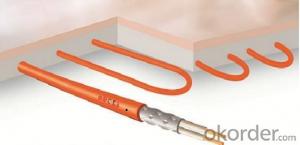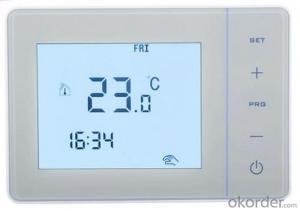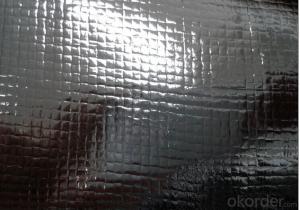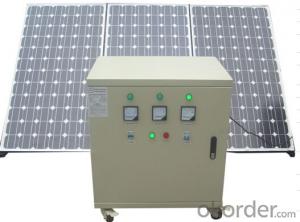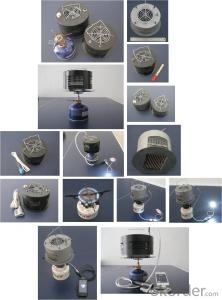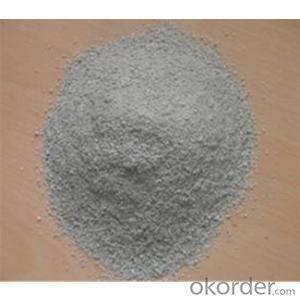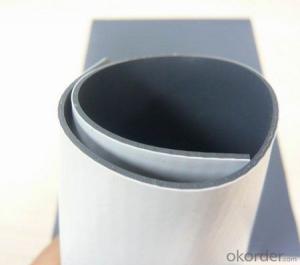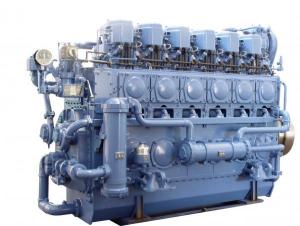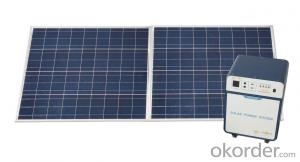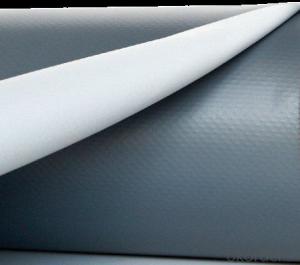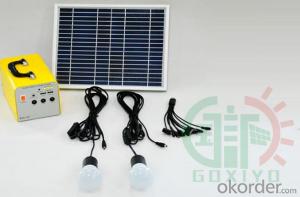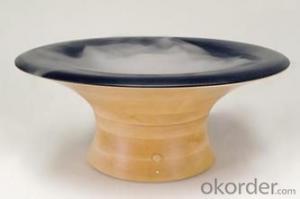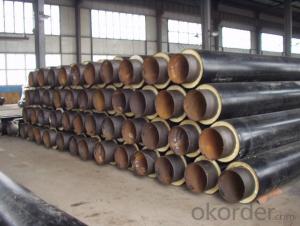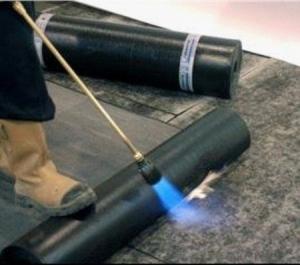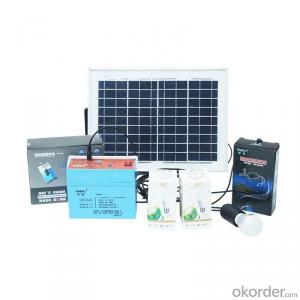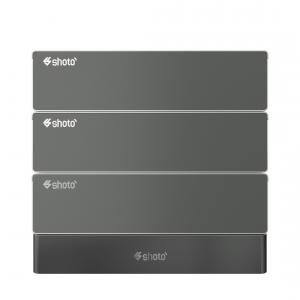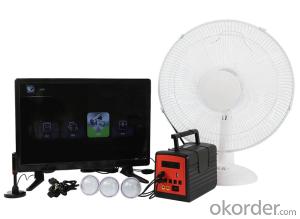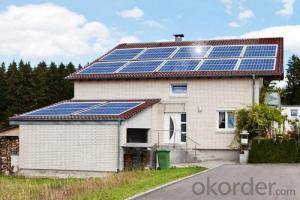Electricity Generation System
Electricity Generation System Related Searches
Primer For Galvanized Steel H S Code For Stainless Steel Wd 40 For Stainless Steel Spray Paint For Stainless Steel Glue For Stainless Steel Step Bit For Stainless Steel Magnets For Stainless Steel Caulking For Stainless Steel Steel Vessels For Kitchen Best Solar Inverter For HomeHot Searches
Steel Mesh Panels For Sale Cheap High Tea Sets For Sale High Density Fiberboard For Sale Solar Hot Water Collectors For Sale Scaffolding For Sale In Uae Scaffolding For Sale In Ireland Scaffolding For Sale In Houston Type Of Inverter For Solar Price Of Shipping Containers For Sale Used Solar Inverter For Sale Portable Led Signs For Sale Stone Hot Water Bottles For Sale Large Led Screens For Sale 1/4 Aluminum Plate For Sale H4 Led Headlight Bulbs For Sale Flexible Solar Cells For Sale Air Pump For Aquarium Price Inverter Size For Solar System Solar Edge Inverter For Sale Aluminum Bar Stock For SaleElectricity Generation System Supplier & Manufacturer from China
Okorder.com is a professional Electricity Generation System supplier & manufacturer, offers integrated one-stop services including real-time quoting and online cargo tracking. We are funded by CNBM Group, a Fortune 500 enterprise and the largest Electricity Generation System firm in China.Hot Products
FAQ
- To locate a trustworthy installer for your solar energy system, you can follow these steps: 1. Educate yourself and conduct research: Begin by familiarizing yourself with solar energy systems, their functioning, and the various installation options. This will enable you to grasp the fundamentals and make well-informed decisions during the selection process. 2. Seek recommendations: Reach out to friends, family, colleagues, or neighbors who have already installed solar systems. Inquire about their experiences with the installers they hired, the quality of their work, and any challenges they encountered. Recommendations from reliable sources can be valuable in finding reputable installers. 3. Verify credentials and certifications: Ensure that the installer you are considering possesses the necessary licenses, certifications, and insurance to carry out solar installations. Look for certifications from esteemed organizations like the North American Board of Certified Energy Practitioners (NABCEP) or the Solar Energy Industries Association (SEIA). 4. Explore online reviews and ratings: Delve into online review platforms such as Google, Yelp, or Angie's List to read customer reviews and ratings about various solar installers in your vicinity. Pay attention to recurring positive or negative feedback and consider the overall reputation of the installers. 5. Obtain multiple quotes: Reach out to several solar installers and request detailed quotes for your specific project. Take note of the proposed equipment, warranties, pricing, and any additional services included. This will enable you to compare different installers and make an informed decision. 6. Request references and review past projects: Ask the installer for references to speak with previous customers about their experiences. Inquire about the quality of work, timeliness, customer service, and any issues encountered. Additionally, request examples of past projects completed by the installer to assess their workmanship and attention to detail. 7. Evaluate warranties and after-installation services: Inquire about the warranties provided by the installer for both the equipment and the installation work. A reputable installer will offer comprehensive warranties to ensure the longevity and performance of your solar system. Additionally, ask about any after-installation services they provide, such as maintenance, repairs, or monitoring. 8. Seek multiple opinions: If you have any doubts or concerns during the selection process, do not hesitate to seek a second opinion from another reputable installer. This can help you gain further clarity and confidence in your decision. Remember, finding a reputable solar energy system installer is vital for the long-term success and performance of your solar system. Take your time, conduct thorough research, and select an installer that aligns with your needs, budget, and values.
- Yes, there are a few disadvantages to using solar energy systems. Firstly, the initial installation cost of solar panels and equipment can be relatively high, making it less affordable for some individuals or businesses. Additionally, solar energy generation is dependent on sunlight availability, meaning that energy production may vary depending on weather conditions or geographic location. Finally, the storage of excess energy can be challenging, as efficient and cost-effective battery storage technology is still developing. However, despite these drawbacks, the long-term benefits, such as cost savings, reduced environmental impact, and energy independence, make solar energy systems a sustainable and promising option.
- Industrial manufacturing plants can indeed utilize solar energy systems for power. In fact, many such plants worldwide are already using these systems to reduce their reliance on fossil fuels and minimize their impact on the environment. Solar energy systems comprise photovoltaic (PV) panels that convert sunlight into electricity. These panels can be installed on the roofs or open spaces of manufacturing plants to harness ample solar energy. The electricity generated by the solar panels can be used to power various processes and equipment within the industrial plant, including machinery, lighting, heating, ventilation, and air conditioning systems. Using solar energy to power industrial manufacturing plants offers several advantages. Firstly, solar power is a renewable and clean energy source, helping to decrease greenhouse gas emissions and reduce dependence on fossil fuels. This aligns with the increasing need for sustainable practices and carbon footprint reduction in industries. Secondly, solar energy systems can significantly lower electricity costs for manufacturing plants. Once the initial investment for installing the solar panels is made, operational costs remain relatively low. Furthermore, some countries provide incentives and subsidies for implementing solar energy systems, further alleviating the financial burden. In addition, solar energy systems can provide a stable and reliable source of electricity. With advancements in battery storage technology, excess solar energy can be stored and used during periods without sunlight or when demand is high. This ensures an uninterrupted power supply and reduces reliance on the power grid. However, it is important to consider various factors before determining the feasibility of using solar energy systems for powering industrial manufacturing plants. These factors include sunlight availability, plant size, energy requirements, and the initial investment cost. Additionally, certain manufacturing processes may require a consistent and higher level of electricity that solar energy alone may not fully meet. Overall, solar energy systems have demonstrated their viability and sustainability for powering industrial manufacturing plants. Their use can contribute to carbon emission reduction, lower electricity costs, and foster a greener and more environmentally friendly industrial sector.
- I want to install a full set of domestic solar heating equipment does not know how much money to spend, please.
- According to the annual use of 280 square meters of construction area of the average daily consumption of 11 square meters, energy saving rate of more than 50% of the total energy consumption of more than 11 square meters. Cost: 38000 yuan (excluding heating part); system design life: 20 years; saving ratio: 280 square housing annual use of wall mounted gas boiler is about 3000 cubic meters of natural gas per cubic, an average of 2.2 yuan, a total of 6600 yuan.
- Certainly! Solar energy systems can indeed be installed on concrete roofs. Concrete roofs are actually considered one of the best surfaces for installing solar panels. They are usually flat, stable, and long-lasting, making them an excellent base for the panels. Moreover, concrete roofs often have plenty of space and are not hindered by nearby trees or buildings, which allows for optimal sunlight exposure. To install the panels on a concrete roof, special mounting systems are used to securely attach them and withstand their weight. All in all, concrete roofs are a superb option for installing a solar energy system.
- Yes, solar energy systems can be used to power an entire household. With sufficient solar panels and a properly sized battery storage system, a solar energy system can generate enough electricity to meet the energy needs of a household. Additionally, excess energy produced during the day can be stored in batteries and used during nighttime or cloudy days, ensuring a continuous power supply.
- Solar energy systems can be used in most locations, but their efficiency and effectiveness can vary depending on the local climate and geographic conditions. In general, solar panels require sunlight to generate electricity, so they work best in areas with abundant sunshine and minimal shading. However, advancements in solar technology have significantly improved their efficiency, enabling solar energy systems to be utilized in a wider range of locations. In regions with high levels of solar radiation, such as deserts or tropical areas, solar panels can generate a substantial amount of energy throughout the year. These areas are ideal for solar energy systems as they receive more sunlight, resulting in higher energy production and a shorter payback period for the initial investment. On the other hand, locations with frequent cloud cover or long periods of darkness, such as certain northern regions or areas with dense tree canopies, may experience reduced solar energy production. However, this does not mean that solar energy systems cannot be used in these locations. In fact, solar panels can still generate electricity during cloudy days, albeit at a lower efficiency. Additionally, innovative technologies like concentrated solar power (CSP) or solar tracking systems can improve energy production in areas with less sunshine. Moreover, solar energy systems can be adapted to different geographical conditions. For instance, in areas where space is limited, rooftop solar panels can be installed on buildings. In locations with large open spaces, ground-mounted solar panels or solar farms can be deployed. Furthermore, floating solar panels can be installed on bodies of water, making use of previously unused spaces like reservoirs or lakes. It is important to note that while solar energy systems can be used in most locations, their suitability and economic viability should be assessed on a case-by-case basis. Factors such as local solar resources, electricity demand, installation costs, and government incentives or policies should be considered to determine the feasibility of implementing solar energy systems in a specific location.
